We include products we think are useful for our readers. If you buy through links on this page, we may earn a small commission Here’s our process.
Healthline only shows you brands and products that we stand behind.
Our team thoroughly researches and evaluates the recommendations we make on our site. To establish that the product manufacturers addressed safety and efficacy standards, we:
We do the research so you can find trusted products for your health and wellness.
Read more about our vetting process.Was this helpful?
It doesn’t take much. A later than usual night out, a high pollen count, or an episode of “This Is Us” can produce that raccoon eye look or bags under your peepers.
You can certainly embrace the bags And as you follow our guide, you’ll discover some people are just naturally predisposed to this look. Word on the street: A little shadow and swell is the new sexy.
But if you do have a reason to brighten up your skin and reduce puffiness, we have some remedies for you.
You don’t need to spend a fortune on a skin care regimen to erase rings or pouches. You can find remedies in your pantry, refrigerator, and right at your fingertips.
For dark circles, the caffeine in black or green tea may help narrow blood vessels and reduce blue coloring. These caffeinated teas can also banish bloat by drawing out fluid.
But if you’re going for a more soothing effect for irritated skin, opt for rooibos (red tea) or chamomile.
Instructions:

Your cold brew might give you a refreshing jolt, but a caffeine fix for the skin can also help calm blotchiness or swelling.
Start by freezing some brewed coffee in an ice cube tray. Once the coffee ice is ready, spend a few minutes gently rubbing an ice cube:
You can also try 100% Pure Coffee Bean Caffeine Eye Cream. This product earns 4.5 stars from reviewers who say it can help treat crow’s feet and keep eyes moisturized.
Cucumbers are high in vitamin C and folic acid, an ingredient combo that helps stimulate cell growth and counter environmental stress. The end result? Less irritation and puffiness, as well as reduced discoloration under your eyes.
The end result? Less irritation and puffiness, as well as reduced discoloration under your eyes.
Instructions:
You can also try Yes to Cucumbers Soothing Eye Gel. Reviews suggest this gel may be a bit harsh for folks with sensitive skin, but they also note it works more effectively than pricier creams.
By tapping your index and middle fingers in a gentle circle around your sockets and across your brows and cheekbones, you can enhance lymph drainage. This may help even out skin tone and reduce inflammation.
Instructions:

Do you need to spend a lot of cash on a fancy balm? For dark circles, the short answer is no.
You could, however, try more budget-friendly moisturizing salves with tea, coffee, or cucumber extract — some products might also help minimize the appearance of fine lines and creases.
One option to consider? SheaMoisture Matcha Green Tea & Probiotics Soothing Eye Cream.
Ingredients for your eyesBe sure to read labels carefully before picking up pricey jars. We asked Dr. Rebecca Marcus, a board certified dermatologist in North Dallas, TX, about her favorite ingredients for eyes.
She recommends keeping an “eye” out for the following:
- Caffeine. The benefits of caffeine are worth repeating. Caffeine, as Marcus explains, works in eye creams to combat dark circles and puffiness by temporarily reducing blood flow to the area.
- Retinol and peptides. You might already have some familiarity with these skin care ingredients.
Marcus says they help stimulate collagen and thicken the skin, making underlying blood vessels less noticeable and restoring skin firmness.
- Niacinamide. A little of this skin-brightening ingredient can go a long way toward waking up tired eyes. This ingredient, a form of vitamin B-3, offers plenty of other benefits, too.
- Hyaluronic acid. Marcus notes that this moisturizing ingredient can hydrate the skin and offer pro-aging support by smoothing the look of fine lines and crepey skin.
- Vitamin K. Marcus says this antioxidant has anti-inflammatory properties and may help improve circulation.
As for products, Marcus recommends:
Explore more eye creams at varying price points here.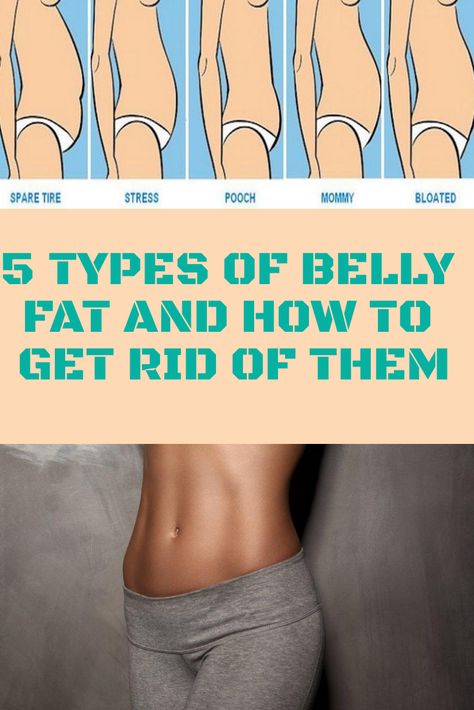
Under-eye patches are a newer trend for pampering the skin around your eyes. Yes, they’re cute and Instagram-friendly, but many people also find them effective, too.
Just know they offer more of a quick fix — a helping hand after a spirited night out, if you will.
Not sure how to pick your patch? Opt for eye-friendly ingredients, like retinol and hyaluronic acid. You can also check out our list of the best options to send your bags packing.
Marcus explains that concealers only help camouflage dark circles. In other words, they won’t help reduce puffiness.
That’s why she recommends using an eye cream with a concealer: Apply an eye cream to help treat the cause and the symptoms, then use concealer to address any lingering darkness.
“Concealer will apply more smoothly onto hydrated skin,” she notes. “So, applying a hydrating eye cream helps prime the skin for concealer application. ”
”
When you’re in a pinch, concealer alone can still make a difference. So, when that important meeting or event sneaks up on you, reach for a little color-correcting concealer.
Try:
The biggest answer to this, especially for those of you who have tried every trick in the book, is genetics.
If you’ve always had sunken eyes or dark circles, also called periorbital hyperpigmentation, the condition could be a part of your genetics. Likewise, permanent under-eye pouches may be a facial feature you’ve inherited.
Here’s why these attributes get accentuated.
Puffy lower lids or bags happen when the tissue there fills with water. As you age, the fatty tissue held within the socket and upper lid can fall, causing even more fluid retention in that area.
Puffiness is often most prominent when taking the morning’s first look in the mirror. That’s because fluid had a chance to pool during sleep. Bags tend to diminish after you’ve been vertical for a bit.
That’s because fluid had a chance to pool during sleep. Bags tend to diminish after you’ve been vertical for a bit.
Although dark circles can show up for many reasons, most people tend to have a slightly deeper coloring around the eyes, simply because the thinner skin there stretches over a conglomeration of purple vessels and muscle.
Was this helpful?
By isolating the cause, you can take measures to reduce the prominence of purpling and pooching.
Share on Pinterest
Cut that late-night Netflix binge short, or do whatever possible to get a few more Zzz’s. If you still notice the a.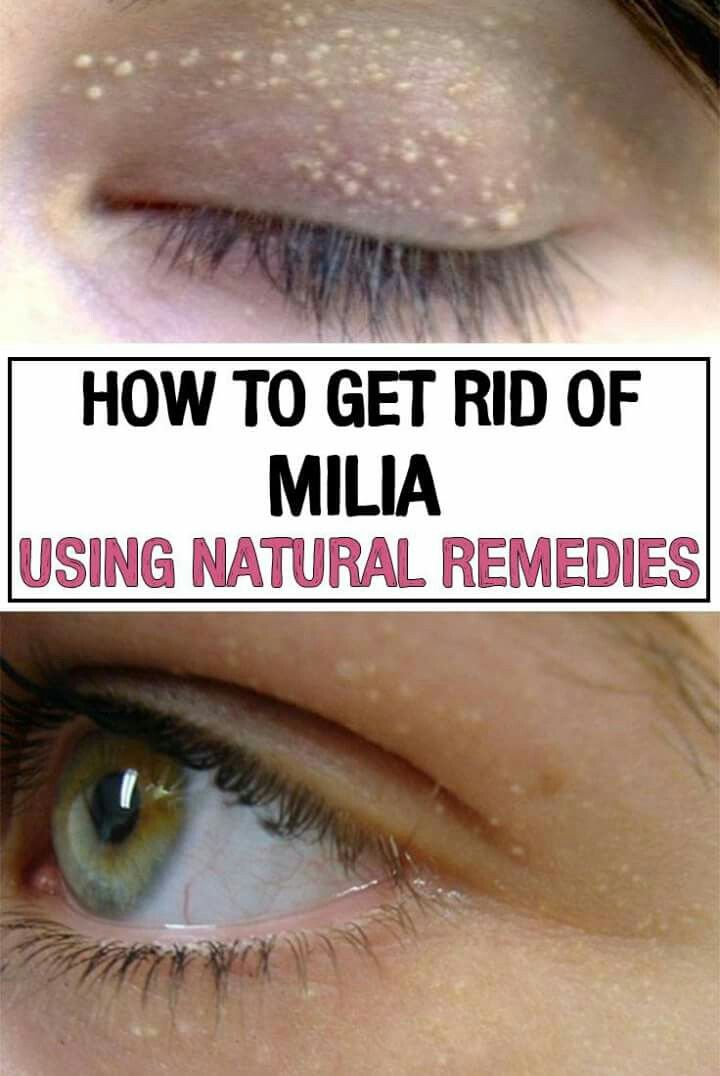 m. eye bloat or blue coloring, prop your head slightly while you sleep.
m. eye bloat or blue coloring, prop your head slightly while you sleep.
As Marcus explains, sleeping with your head slightly elevated can help prevent fluid from pooling in the periorbital area.
Remove any makeup before hitting the hay to avoid smudging it into your eyes and irritating the surrounding skin.
Marcus suggests applying a cold washcloth to your eyes to help lessen the “I just woke up” look.
She says this helps by causing vasoconstriction (constriction of blood vessels), which helps relieve puffiness and skin discoloration. Plus, it can have an overall soothing effect, and you don’t have to dig through your fridge for fresh cucumbers.
Pro tip: An ice pack works well, too, if you don’t want a water mess on your face. Just be sure to wrap it in a soft cloth to protect your eyes.
Eye strain can contribute to tired eyes, according to Marcus, by lowering the production of naturally lubricating tears and contributing to dry eyes.
“Taking periodic breaks from screen time and doing eye exercises may help reduce eye strain and therefore help eyes to function normally by producing lubricating tears, reducing dryness, redness, and bloodshot eyes,” she says.
Eye exercise can be pretty simple. In fact, one exercise involves just switching up your focus as you sit. Learn a few of these simple moves here.
Face yoga (yes, it’s a thing) can also help reduce eye strain.
Taking breaks from screen time to avoid eye strain can also be helpful, according to Marcus.
She adds that keeping your phone or tablet on night mode decreases exposure to blue light, which can help improve the quality of your sleep.
If night mode doesn’t do much to keep your tablet or device from shining bright like a diamond, blue light glasses may ease the strain.
Not sure which to try? Check out our guide of the 11 best options.
Excessive time staring at screens may cause eye strain, according to Marcus. This happens, in part, due to engorgement of the blood vessels surrounding your eyes, which can lead to, as you might have guessed, dark circles.
This happens, in part, due to engorgement of the blood vessels surrounding your eyes, which can lead to, as you might have guessed, dark circles.
Make time for little breaks to give your eyes a much-needed vacay:
Allergy symptoms, along with illnesses like the flu and common cold, can pack a punch. Itchy lids, sneezing, sinus congestion, or postnasal drip can all lead to a tint around the eyes.
Marcus says those who live with allergies may notice the area under their eyes often appears swollen and discolored.
She explains that this happens when allergens prompt your cells to trigger a histamine release. This, in turn, causes a release of fluid, giving that swelling and tearing effect you know and love so much.
An allergist or otolaryngologist (ENT) can offer more insight into possible triggers and recommend treatments to keep sniffles and scratchy eyes under control, including:
Plus, when you’re plain old sick, eyes can also look puffy, due to sinus congestion and decreased drainage of the fluid around the eyes.
Keep in mind that makeup and skin care products could also trigger allergy flare-ups or eyelid dermatitis. It’s always best to check the ingredients and do a patch test before using a new product.
Marcus says improving air quality may lower the number of allergens or irritants that eyes come into contact with, helping eyes look less tired.
“If tired eyes are due to an irritant or allergen that was previously in the air, using a high quality air filter may be helpful,” Marcus says.
This may prove particularly helpful if you’re sensitive to these factors and happen to live in an area with a high level of pollution or airborne allergens.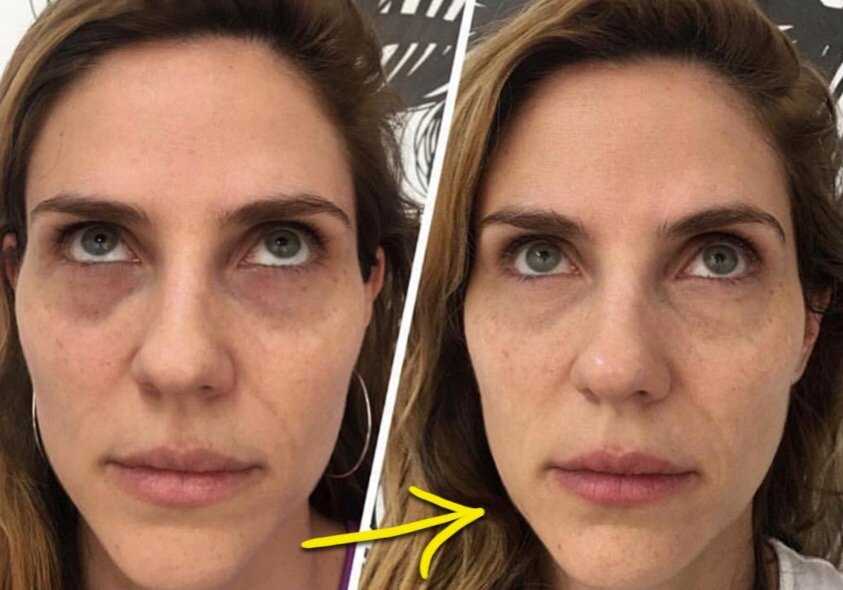
If you notice an uptick in that Hamburglar or puff-pastry look, maybe you’ve just faced a stressful week or a jam-packed weekend that impeded your sleep or nutrition.
Other reasons you might wake up with less than perky peepers? Loading up on salty snacks, downing too much coffee, or clinking a late-night cocktail.
Making a few changes might help rid you of the rings and bags:
Share on Pinterest
A quick recap of helpful tips and tricks for tired eyes:
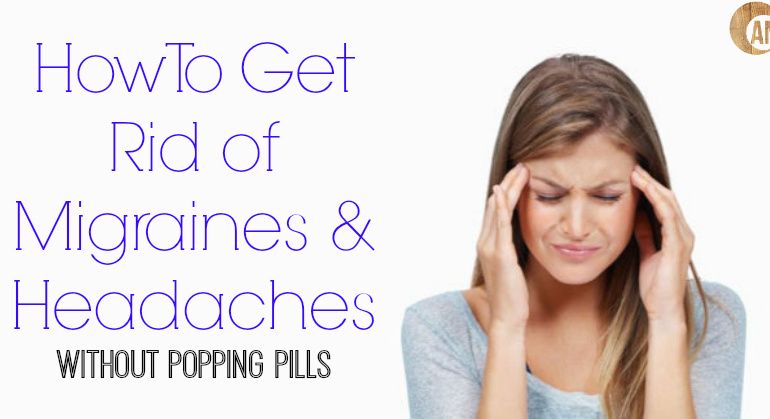
If you have permanent dark sockets or puffy bags under your eyes that you can’t relieve with lifestyle changes or fast fixes, medical solutions might offer an alternate option.
Procedures for dark circles include:
If circles or bags bother you to the point that you can’t stop thinking about them or they contribute to feelings of depression or anxiety, it could be worth asking a dermatologist about other treatment options.
Just know these procedures can get fairly expensive, and they also come with some potential side effects.
One important thing to keep in mind about eye bags and rings? More than likely, you notice them more than anyone else.
Many people tend to look at themselves closely in the mirror in the morning — when they wash their face, shave, or apply products, for example. And morning just happens to be the time when circles and puff show up most clearly.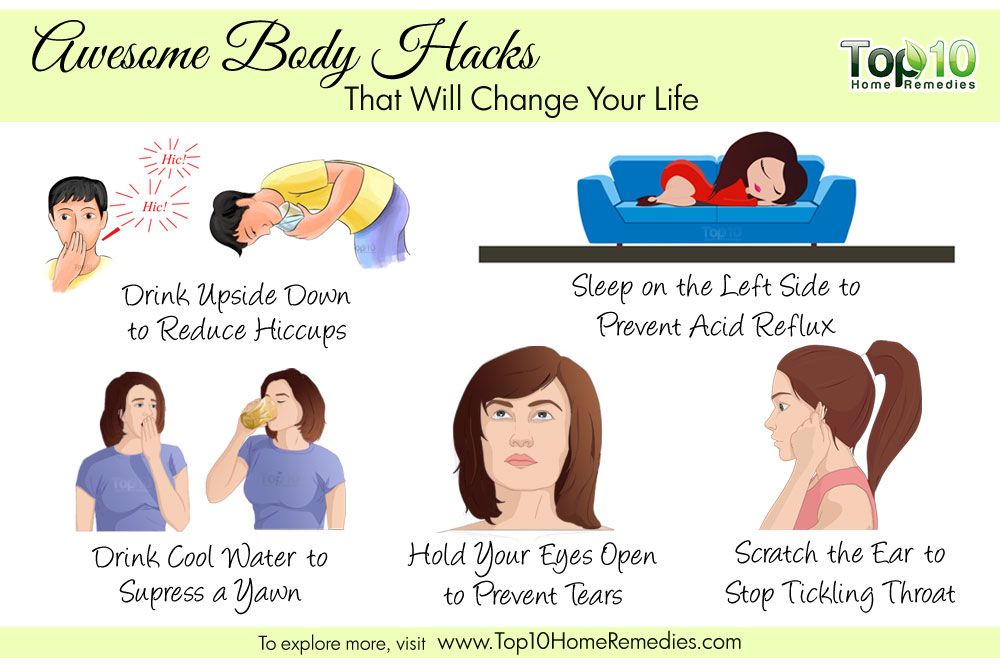
But classmates, coworkers, and the person in line next to you at the coffee shop probably won’t even notice.
They might, however, perceive a certain mysteriousness or depth they can’t quite put their finger on. Some people find that shadowed, “just woke up” look pretty alluring — so alluring, in fact, that they might go to great lengths to make dark circles stand out or mimic them with makeup.
Plus, a dark circle or an under-eye bag can amp up your authenticity, just like an eye crinkle or wrinkle. They’re natural, after all.
Adding some glimmer can help you display them with pride:
Ultimately, don’t be afraid to skip the concealer and rock your under-eyes.
Jennifer Chesak is a Nashville-based freelance book editor and writing instructor. She’s also an adventure travel, fitness, and health writer for several national publications. She earned her Master of Science in journalism from Northwestern’s Medill and is working on her first fiction novel, set in her native state of North Dakota.
She’s also an adventure travel, fitness, and health writer for several national publications. She earned her Master of Science in journalism from Northwestern’s Medill and is working on her first fiction novel, set in her native state of North Dakota.
We include products we think are useful for our readers. If you buy through links on this page, we may earn a small commission Here’s our process.
Healthline only shows you brands and products that we stand behind.
Our team thoroughly researches and evaluates the recommendations we make on our site. To establish that the product manufacturers addressed safety and efficacy standards, we:
We do the research so you can find trusted products for your health and wellness.
Was this helpful?
It doesn’t take much. A later than usual night out, a high pollen count, or an episode of “This Is Us” can produce that raccoon eye look or bags under your peepers.
You can certainly embrace the bags And as you follow our guide, you’ll discover some people are just naturally predisposed to this look. Word on the street: A little shadow and swell is the new sexy.
But if you do have a reason to brighten up your skin and reduce puffiness, we have some remedies for you.
You don’t need to spend a fortune on a skin care regimen to erase rings or pouches. You can find remedies in your pantry, refrigerator, and right at your fingertips.
For dark circles, the caffeine in black or green tea may help narrow blood vessels and reduce blue coloring. These caffeinated teas can also banish bloat by drawing out fluid.
But if you’re going for a more soothing effect for irritated skin, opt for rooibos (red tea) or chamomile.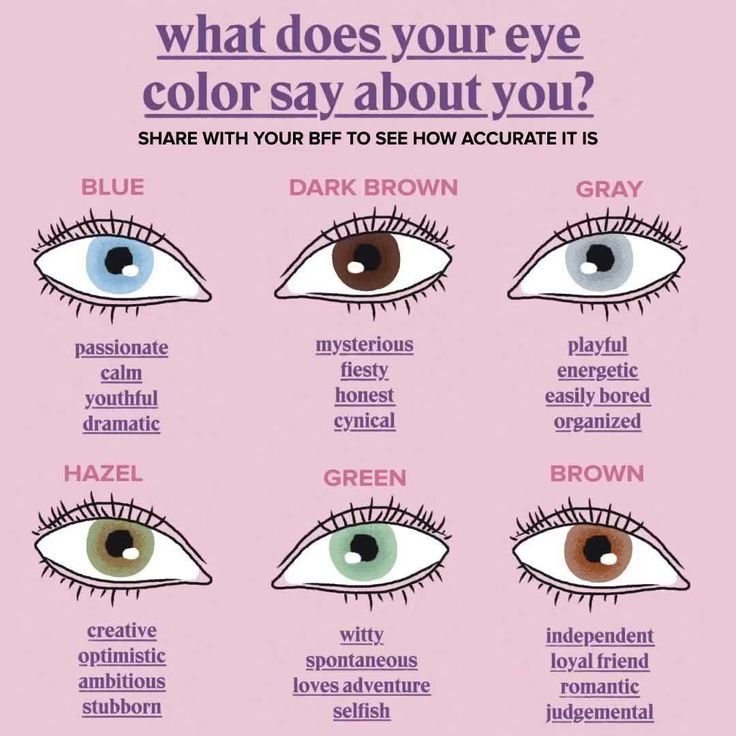
Instructions:
Your cold brew might give you a refreshing jolt, but a caffeine fix for the skin can also help calm blotchiness or swelling.
Start by freezing some brewed coffee in an ice cube tray. Once the coffee ice is ready, spend a few minutes gently rubbing an ice cube:
You can also try 100% Pure Coffee Bean Caffeine Eye Cream. This product earns 4.5 stars from reviewers who say it can help treat crow’s feet and keep eyes moisturized.
Cucumbers are high in vitamin C and folic acid, an ingredient combo that helps stimulate cell growth and counter environmental stress. The end result? Less irritation and puffiness, as well as reduced discoloration under your eyes.
Instructions:
You can also try Yes to Cucumbers Soothing Eye Gel. Reviews suggest this gel may be a bit harsh for folks with sensitive skin, but they also note it works more effectively than pricier creams.
By tapping your index and middle fingers in a gentle circle around your sockets and across your brows and cheekbones, you can enhance lymph drainage. This may help even out skin tone and reduce inflammation.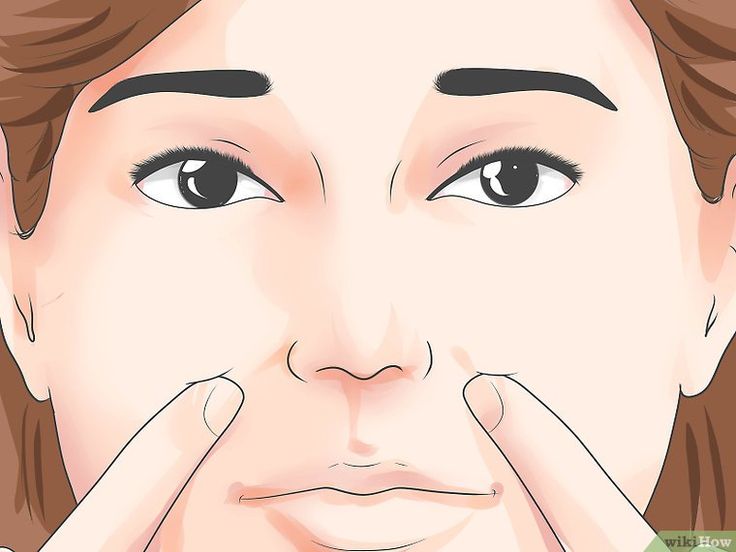
Instructions:
Do you need to spend a lot of cash on a fancy balm? For dark circles, the short answer is no.
You could, however, try more budget-friendly moisturizing salves with tea, coffee, or cucumber extract — some products might also help minimize the appearance of fine lines and creases.
One option to consider? SheaMoisture Matcha Green Tea & Probiotics Soothing Eye Cream.
Ingredients for your eyesBe sure to read labels carefully before picking up pricey jars. We asked Dr. Rebecca Marcus, a board certified dermatologist in North Dallas, TX, about her favorite ingredients for eyes.
She recommends keeping an “eye” out for the following:
- Caffeine. The benefits of caffeine are worth repeating. Caffeine, as Marcus explains, works in eye creams to combat dark circles and puffiness by temporarily reducing blood flow to the area.
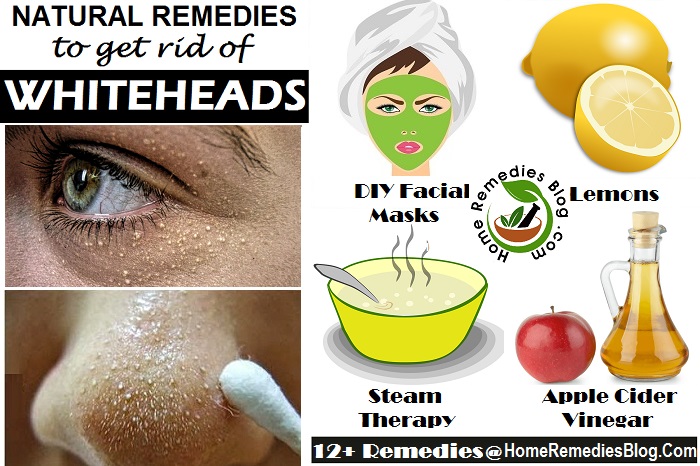
- Retinol and peptides. You might already have some familiarity with these skin care ingredients. Marcus says they help stimulate collagen and thicken the skin, making underlying blood vessels less noticeable and restoring skin firmness.
- Niacinamide. A little of this skin-brightening ingredient can go a long way toward waking up tired eyes. This ingredient, a form of vitamin B-3, offers plenty of other benefits, too.
- Hyaluronic acid. Marcus notes that this moisturizing ingredient can hydrate the skin and offer pro-aging support by smoothing the look of fine lines and crepey skin.
- Vitamin K. Marcus says this antioxidant has anti-inflammatory properties and may help improve circulation.
As for products, Marcus recommends:
Explore more eye creams at varying price points here.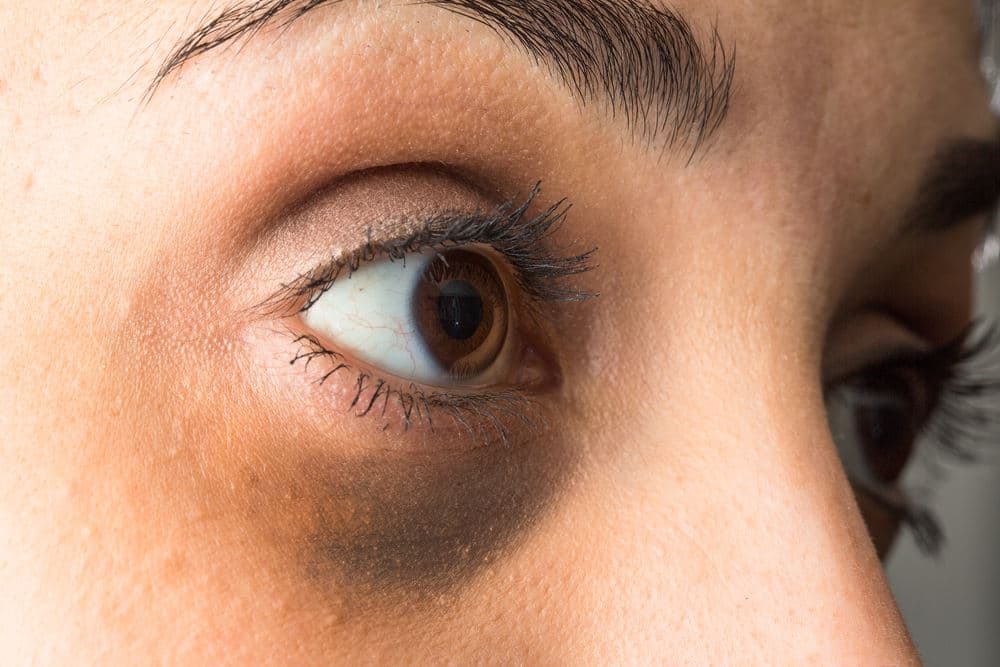
Under-eye patches are a newer trend for pampering the skin around your eyes. Yes, they’re cute and Instagram-friendly, but many people also find them effective, too.
Just know they offer more of a quick fix — a helping hand after a spirited night out, if you will.
Not sure how to pick your patch? Opt for eye-friendly ingredients, like retinol and hyaluronic acid. You can also check out our list of the best options to send your bags packing.
Marcus explains that concealers only help camouflage dark circles. In other words, they won’t help reduce puffiness.
That’s why she recommends using an eye cream with a concealer: Apply an eye cream to help treat the cause and the symptoms, then use concealer to address any lingering darkness.
“Concealer will apply more smoothly onto hydrated skin,” she notes. “So, applying a hydrating eye cream helps prime the skin for concealer application. ”
”
When you’re in a pinch, concealer alone can still make a difference. So, when that important meeting or event sneaks up on you, reach for a little color-correcting concealer.
Try:
The biggest answer to this, especially for those of you who have tried every trick in the book, is genetics.
If you’ve always had sunken eyes or dark circles, also called periorbital hyperpigmentation, the condition could be a part of your genetics. Likewise, permanent under-eye pouches may be a facial feature you’ve inherited.
Here’s why these attributes get accentuated.
Puffy lower lids or bags happen when the tissue there fills with water. As you age, the fatty tissue held within the socket and upper lid can fall, causing even more fluid retention in that area.
Puffiness is often most prominent when taking the morning’s first look in the mirror. That’s because fluid had a chance to pool during sleep. Bags tend to diminish after you’ve been vertical for a bit.
That’s because fluid had a chance to pool during sleep. Bags tend to diminish after you’ve been vertical for a bit.
Although dark circles can show up for many reasons, most people tend to have a slightly deeper coloring around the eyes, simply because the thinner skin there stretches over a conglomeration of purple vessels and muscle.
Was this helpful?
By isolating the cause, you can take measures to reduce the prominence of purpling and pooching.
Share on Pinterest
Cut that late-night Netflix binge short, or do whatever possible to get a few more Zzz’s. If you still notice the a. m. eye bloat or blue coloring, prop your head slightly while you sleep.
m. eye bloat or blue coloring, prop your head slightly while you sleep.
As Marcus explains, sleeping with your head slightly elevated can help prevent fluid from pooling in the periorbital area.
Remove any makeup before hitting the hay to avoid smudging it into your eyes and irritating the surrounding skin.
Marcus suggests applying a cold washcloth to your eyes to help lessen the “I just woke up” look.
She says this helps by causing vasoconstriction (constriction of blood vessels), which helps relieve puffiness and skin discoloration. Plus, it can have an overall soothing effect, and you don’t have to dig through your fridge for fresh cucumbers.
Pro tip: An ice pack works well, too, if you don’t want a water mess on your face. Just be sure to wrap it in a soft cloth to protect your eyes.
Eye strain can contribute to tired eyes, according to Marcus, by lowering the production of naturally lubricating tears and contributing to dry eyes.
“Taking periodic breaks from screen time and doing eye exercises may help reduce eye strain and therefore help eyes to function normally by producing lubricating tears, reducing dryness, redness, and bloodshot eyes,” she says.
Eye exercise can be pretty simple. In fact, one exercise involves just switching up your focus as you sit. Learn a few of these simple moves here.
Face yoga (yes, it’s a thing) can also help reduce eye strain.
Taking breaks from screen time to avoid eye strain can also be helpful, according to Marcus.
She adds that keeping your phone or tablet on night mode decreases exposure to blue light, which can help improve the quality of your sleep.
If night mode doesn’t do much to keep your tablet or device from shining bright like a diamond, blue light glasses may ease the strain.
Not sure which to try? Check out our guide of the 11 best options.
Excessive time staring at screens may cause eye strain, according to Marcus. This happens, in part, due to engorgement of the blood vessels surrounding your eyes, which can lead to, as you might have guessed, dark circles.
This happens, in part, due to engorgement of the blood vessels surrounding your eyes, which can lead to, as you might have guessed, dark circles.
Make time for little breaks to give your eyes a much-needed vacay:
Allergy symptoms, along with illnesses like the flu and common cold, can pack a punch. Itchy lids, sneezing, sinus congestion, or postnasal drip can all lead to a tint around the eyes.
Marcus says those who live with allergies may notice the area under their eyes often appears swollen and discolored.
She explains that this happens when allergens prompt your cells to trigger a histamine release. This, in turn, causes a release of fluid, giving that swelling and tearing effect you know and love so much.
An allergist or otolaryngologist (ENT) can offer more insight into possible triggers and recommend treatments to keep sniffles and scratchy eyes under control, including:
Plus, when you’re plain old sick, eyes can also look puffy, due to sinus congestion and decreased drainage of the fluid around the eyes.
Keep in mind that makeup and skin care products could also trigger allergy flare-ups or eyelid dermatitis. It’s always best to check the ingredients and do a patch test before using a new product.
Marcus says improving air quality may lower the number of allergens or irritants that eyes come into contact with, helping eyes look less tired.
“If tired eyes are due to an irritant or allergen that was previously in the air, using a high quality air filter may be helpful,” Marcus says.
This may prove particularly helpful if you’re sensitive to these factors and happen to live in an area with a high level of pollution or airborne allergens.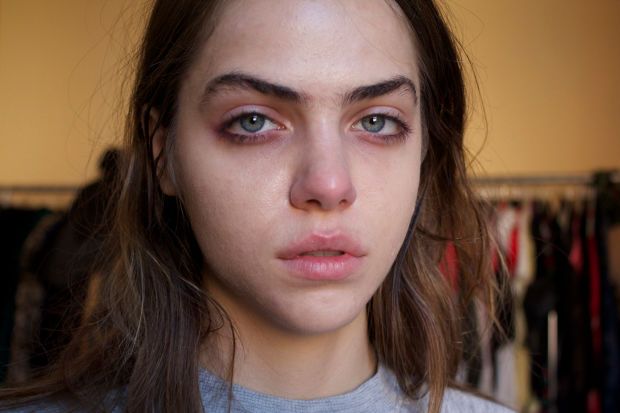
If you notice an uptick in that Hamburglar or puff-pastry look, maybe you’ve just faced a stressful week or a jam-packed weekend that impeded your sleep or nutrition.
Other reasons you might wake up with less than perky peepers? Loading up on salty snacks, downing too much coffee, or clinking a late-night cocktail.
Making a few changes might help rid you of the rings and bags:
Share on Pinterest
A quick recap of helpful tips and tricks for tired eyes:

If you have permanent dark sockets or puffy bags under your eyes that you can’t relieve with lifestyle changes or fast fixes, medical solutions might offer an alternate option.
Procedures for dark circles include:
If circles or bags bother you to the point that you can’t stop thinking about them or they contribute to feelings of depression or anxiety, it could be worth asking a dermatologist about other treatment options.
Just know these procedures can get fairly expensive, and they also come with some potential side effects.
One important thing to keep in mind about eye bags and rings? More than likely, you notice them more than anyone else.
Many people tend to look at themselves closely in the mirror in the morning — when they wash their face, shave, or apply products, for example. And morning just happens to be the time when circles and puff show up most clearly.
But classmates, coworkers, and the person in line next to you at the coffee shop probably won’t even notice.
They might, however, perceive a certain mysteriousness or depth they can’t quite put their finger on. Some people find that shadowed, “just woke up” look pretty alluring — so alluring, in fact, that they might go to great lengths to make dark circles stand out or mimic them with makeup.
Plus, a dark circle or an under-eye bag can amp up your authenticity, just like an eye crinkle or wrinkle. They’re natural, after all.
Adding some glimmer can help you display them with pride:
Ultimately, don’t be afraid to skip the concealer and rock your under-eyes.
Jennifer Chesak is a Nashville-based freelance book editor and writing instructor. She’s also an adventure travel, fitness, and health writer for several national publications. She earned her Master of Science in journalism from Northwestern’s Medill and is working on her first fiction novel, set in her native state of North Dakota.
She’s also an adventure travel, fitness, and health writer for several national publications. She earned her Master of Science in journalism from Northwestern’s Medill and is working on her first fiction novel, set in her native state of North Dakota.
Eye health is directly related to whether you can control the load on your eyesight and provide your eyes with sufficient rest. Experts from the Lucky Look federal network of opticians tell you how to relieve eye fatigue and reduce eye strain if you work at a computer.
Sign up for a free vision test
Contents
Any visual discomfort indicates that it is time to take a break from work and give the eyes a chance to rest. Experts identify the main symptoms that indicate an overstrain of the visual system:
Experts identify the main symptoms that indicate an overstrain of the visual system:
Be careful, these symptoms can also signal the presence of serious visual impairment! To rule out negative scenarios, you need visit an ophthalmologist.
Increased visual fatigue can indicate serious disorders, so do not put off a visit to the ophthalmologist
Why does vision deteriorate? The main causes of this phenomenon are distinguished:
High eye strain. This is often faced by schoolchildren and students who are forced to read and write a lot, as well as office workers whose activities involve continuous sitting at a computer or reading documents.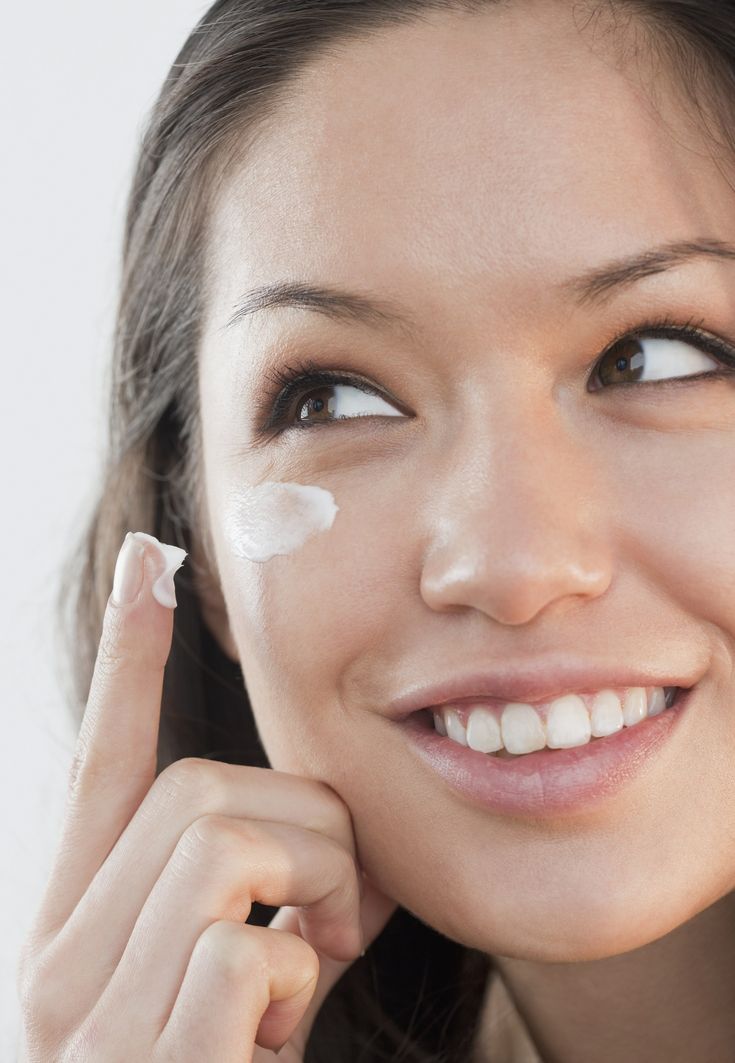
Also, if you are fond of computer games, like to watch TV shows on your mobile gadgets - smartphones or tablets - or spend all your free time with a book, your eyes are also exposed to a high load.
In order to minimize problems with this lifestyle, it is necessary to take breaks as often as possible and give the eyes regular rest.
Computer vision syndrome. This is a whole complex of symptoms, which is caused by overexertion of the visual system due to prolonged use of the computer. The reason for the development of the symptom is not so much the need to look at the monitor for a long time, but the functional change in your posture, eyes, neck. For example, the constant sliding of the gaze from the keyboard to the monitor and back leads to accommodative asthenopia, which is manifested by discomfort, eye fatigue, pain, pain in the superciliary region, blurred vision of the object of fixation.
Subsequently, this can cause problems such as myopia (nearsightedness), accommodation spasm (inability to focus on small objects and details) and dry eye syndrome.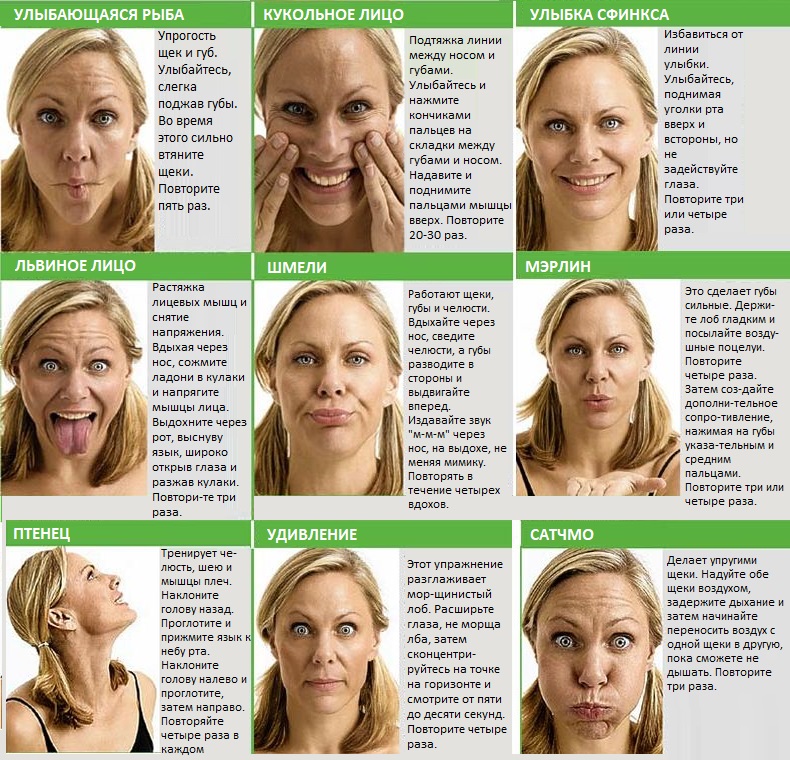
Properly organized workplace and touch typing skills will help to minimize the harm from constant work at the computer.
Dry eye syndrome. Often appears on the basis of computer vision syndrome, develops due to insufficient moistening of vision: with concentrated work at a computer, a person blinks less often, as a result of which the tear film dries up. Plus - the air near the computer heats up and also becomes dry.
Organize your workplace and use special glasses for working at the computer
In the summer season, when air conditioners are in operation, the pathological effect of dry air on the eyes only intensifies. And if you use contact lenses, the syndrome develops even faster.
To reduce the negative impact of external factors and provide more comfortable conditions for the eyes, place a humidifier near your workplace. Also buy moisturizing drops (choose them with the help of an ophthalmologist) and use them several times a day.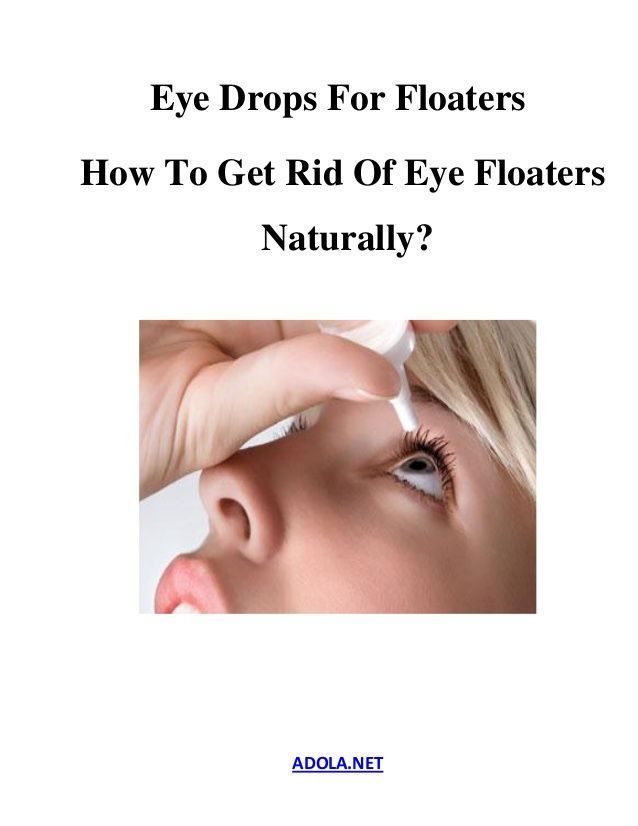 Try to blink as often as possible.
Try to blink as often as possible.
During a break, do light eye exercises:
To maintain the effect, apply moisturizing drops selected by an ophthalmologist to your eyes. Do not self-medicate, be sure to seek help from a specialist - moisturizing drops come in different viscosities, they can have a healing effect, or they can simply moisten the surface of the eye. Only an ophthalmologist will determine what exactly your vision needs and select the necessary remedy.
Sign up for a free vision test
By the way, gymnastics also requires prior consultation with a doctor. Make sure you have no contraindications. Also, the ophthalmologist can advise other types of gymnastics.
Make sure you have no contraindications. Also, the ophthalmologist can advise other types of gymnastics.
There are several rules that must be observed in everyday life. Thanks to this, you can significantly reduce the load on your eyesight, and your eyes will get tired much less.
If you work at a computer, the first thing you need to do is to properly organize your workplace.
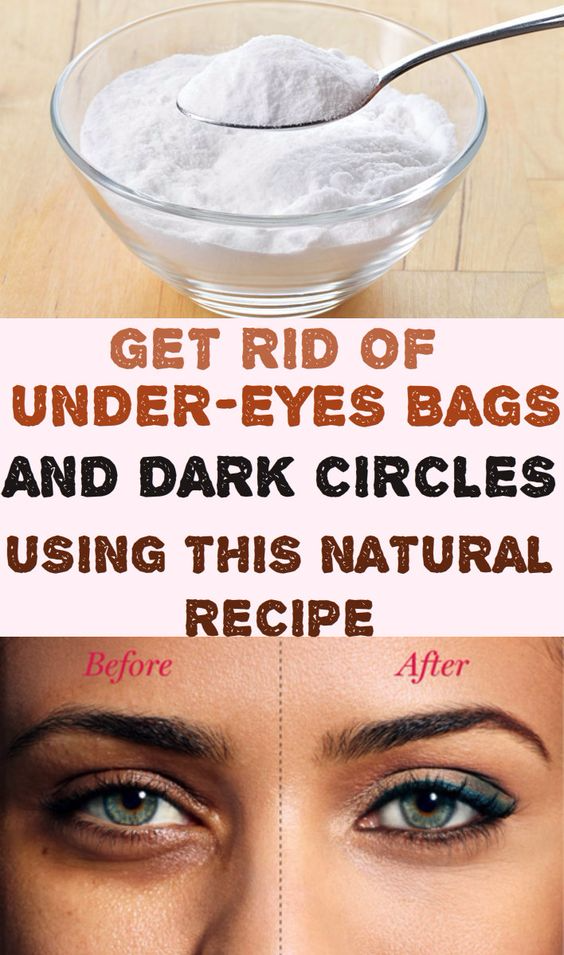 Be sure to adjust the brightness and contrast of the image for yourself. Remember that an excessively bright screen tires your eyes.
Be sure to adjust the brightness and contrast of the image for yourself. Remember that an excessively bright screen tires your eyes. 
The health of your eyes depends on your daily habits. Hygiene of vision allows you to maintain good health and reduces eye fatigue, even under conditions of increased stress.
 The light source should be behind and slightly above;
The light source should be behind and slightly above; Sign up for a free vision test
 Men should also pay enough attention to washing, because during the day dust and dirt particles settle on the eyelashes, which can get into the eyes;
Men should also pay enough attention to washing, because during the day dust and dirt particles settle on the eyelashes, which can get into the eyes; Simple exercises that should be done regularly throughout the day will help to quickly relieve fatigue from the eyes. But this is not enough! To make your eyes less strained and tired, it is important to provide the right conditions:
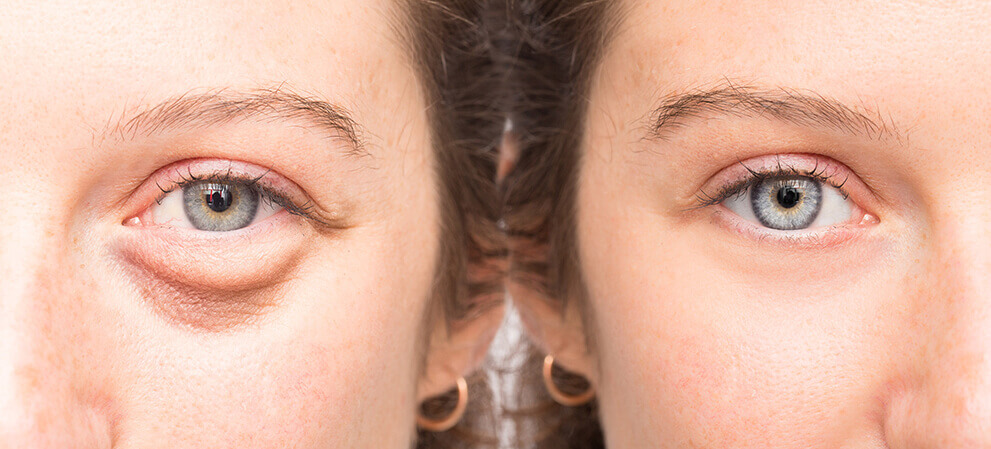
Remember that you need to consult an ophthalmologist before doing gymnastics! Moisturizing drops should also be selected by a specialist.
How to relieve fatigue and eye strain at home.
Overwork often occurs due to the impact of climate technology, improper organization of the workspace, etc. At work that requires a high concentration of attention, the blink rate slows down on average from 15 to 7 blinks per minute. This leads to rapid evaporation of the tear film, drying of the mucous membrane, the appearance of discomfort, and the development of asthenopia. People who look at screens for two or more hours in a row every day are at the highest risk of this condition. To avoid drying out of the cornea, you need to know what to do with eye fatigue at home.
But eyes can get tired not only from gadgets.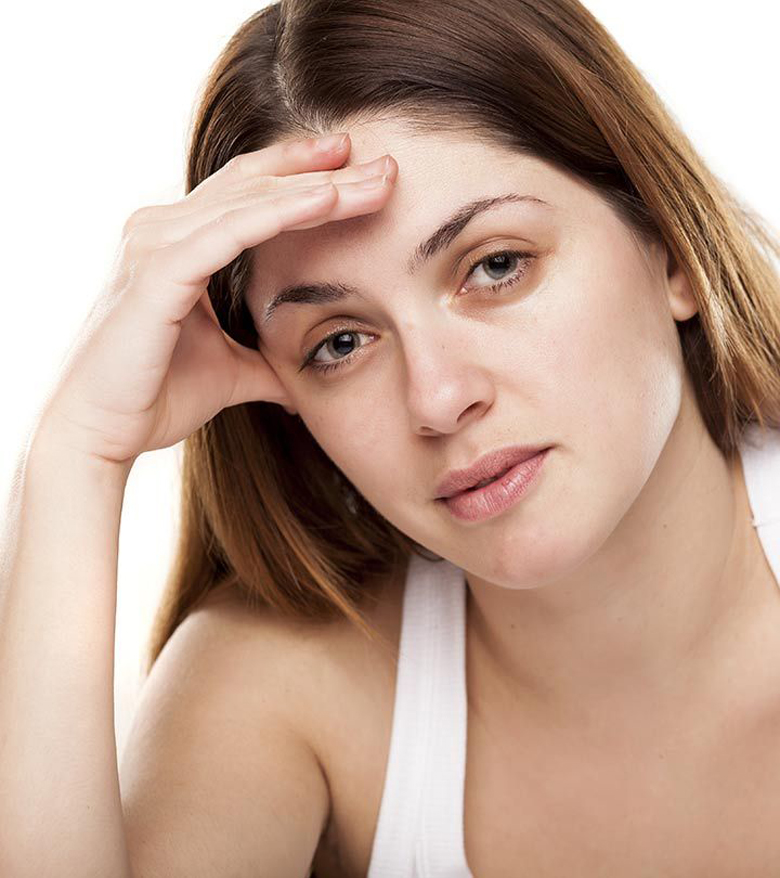 Among the main causes of eye fatigue are also distinguished:
Among the main causes of eye fatigue are also distinguished:
 This leads to an increased load on the visual apparatus, which negatively affects the work of the eye muscles.
This leads to an increased load on the visual apparatus, which negatively affects the work of the eye muscles. Red sclera, blurred vision, watery eyes, burning sensation and itching are typical signs of eye fatigue that cause discomfort in everyday life. Therefore, it is important to know how to get rid of eye fatigue and tension, but not harm the organ of vision.
Eye fatigue is a condition that is especially often experienced by office workers who spend most of their working day in front of a monitor. The first thing to do in order not to experience eye strain during the day is to observe the regime of work and rest. Breaks in work should be done every 2 hours for 15 minutes, otherwise dryness and fatigue in the eyes will appear in the evening.
To reduce the load, you can change the brightness of the monitor to decrease. This will help reduce glare from which the eyes get tired.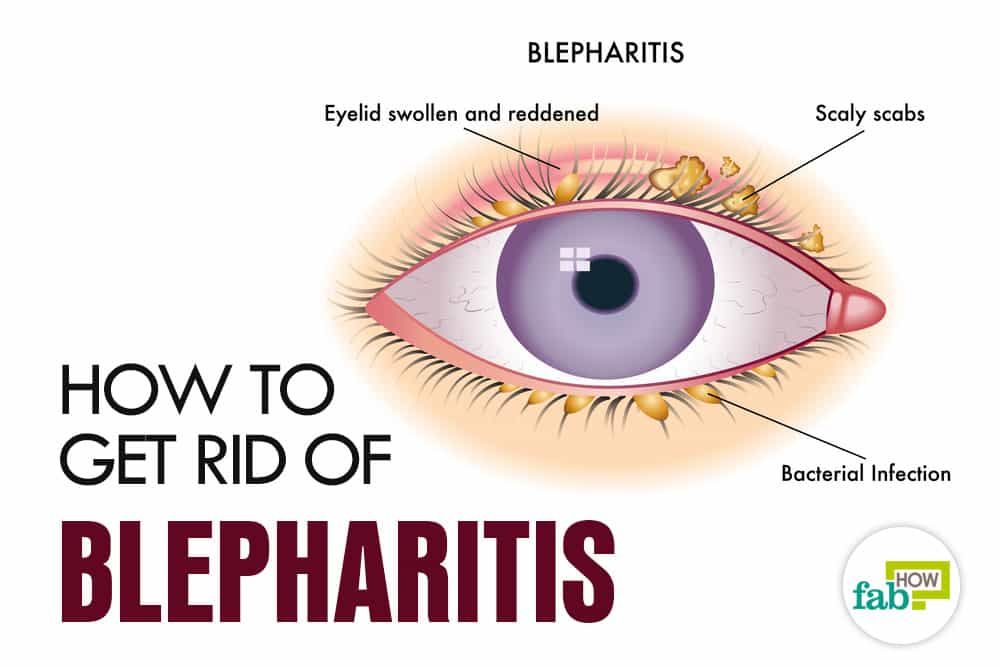 Right at the workplace, you can perform special gymnastics. It is aimed at eliminating muscle spasms, improving blood circulation and nutrition of eye tissues. These simple exercises will also help relieve eye fatigue at home:
Right at the workplace, you can perform special gymnastics. It is aimed at eliminating muscle spasms, improving blood circulation and nutrition of eye tissues. These simple exercises will also help relieve eye fatigue at home:
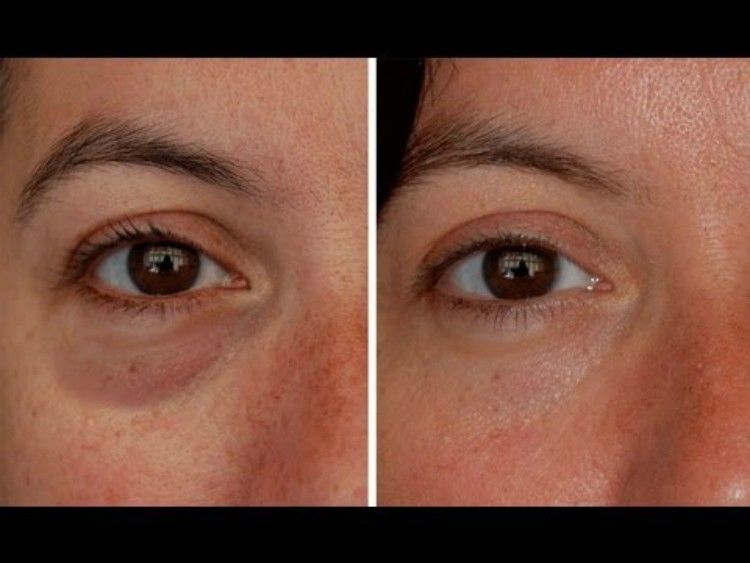 Repeat about 10 times.
Repeat about 10 times. There are many more exercises to eliminate fatigue in the eyes, but only an ophthalmologist can tell what to do to prevent visual fatigue. When working at a computer, doctors recommend the use of special glasses. They are equipped with lenses that are able to filter the radiation of the monitor. Due to this, the tension of the organ of vision is reduced. Such glasses can be bought in optics, but before that it is advisable to consult a doctor.
Fatigue is often the result of dry eye syndrome (DES). When the conjunctiva and cornea do not receive enough moisture, there is discomfort, cramps, pain, itching, dryness in the eyes. “Setting up” the workplace or gymnastics is not enough here, adequate treatment is needed.
Often, tear drops become a simple solution for moisturizing the mucous membrane and relieving eye fatigue. They are similar in composition to natural tears and are used to moisturize the eye tissues. Drops moisturize the cornea, conjunctiva, eliminate discomfort. But you need to know how to drip your eyes at home to make it easier. Only an ophthalmologist can choose the drug. Therefore, you should not self-medicate, because there is a risk of aggravating the situation.
Drops moisturize the cornea, conjunctiva, eliminate discomfort. But you need to know how to drip your eyes at home to make it easier. Only an ophthalmologist can choose the drug. Therefore, you should not self-medicate, because there is a risk of aggravating the situation.
It is important to understand that eye drops are not a panacea for all eye ailments. They can be used at home when the eyes get tired, but the effect of using such a remedy is short-term. Ophthalmic solutions resemble natural tears in composition, but cannot exactly recreate it. Due to the lack of viscosity, they quickly drain into the nasal canal, so they provide only temporary relief from discomfort.
Some patients use folk remedies such as cucumber compresses, herbal decoctions, etc. But the use of traditional medicine recipes is unlikely to be beneficial for eye health. Many components of home remedies are the most powerful allergens, therefore, when using them from visual fatigue, there is a risk of earning an allergy.